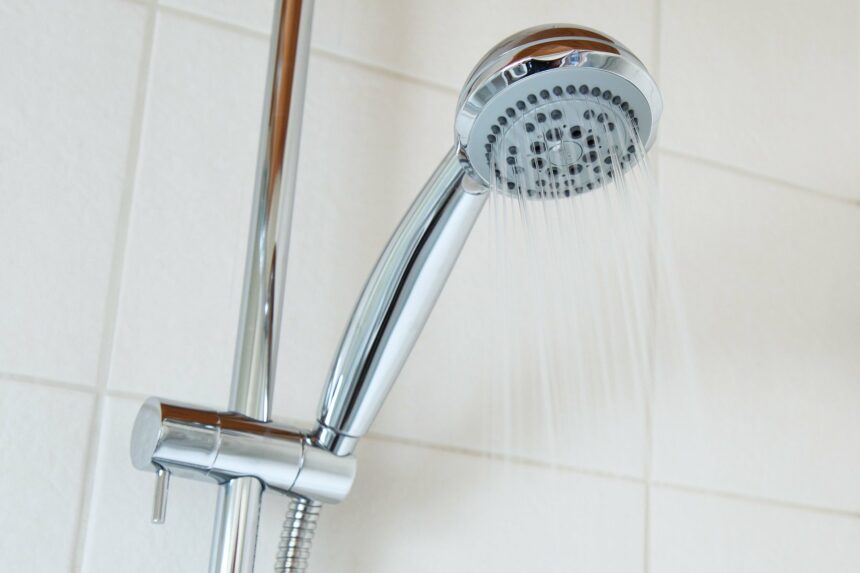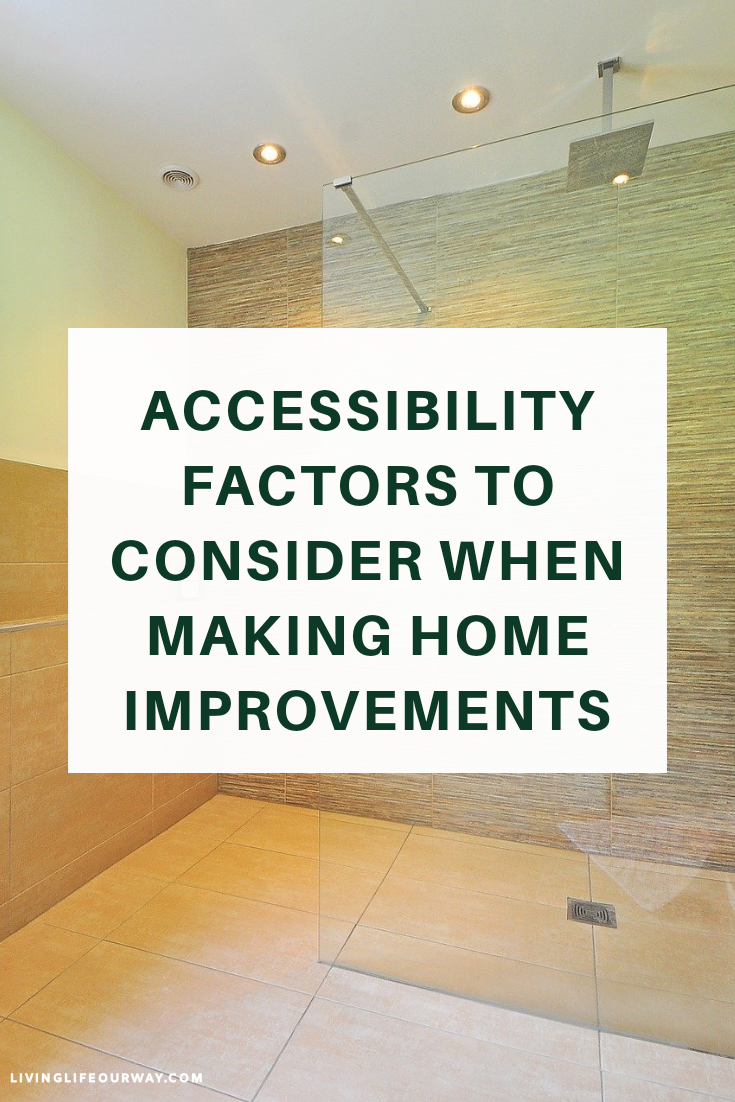It’s quite normal to put things off and wait for a better time. However, one thing we rarely consider until too late when undergoing home renovation, is accessibility. As people age, it takes more effort to do certain tasks than it used to, and modifications are needed in order to maintain a continued level of independence. The thing is; in old age it can sometimes be more difficult and more disruptive to make the modifications to allow for this. Not only does such work enable independence for you in the future though, it also acts as a safety net if you find yourself caring for an elderly or disabled family member. So, sometimes it is more prudent to futureproof much earlier, which will prove cheaper in the long run too. But, what modifications and preparations can you make to accommodate these factors?
Bathroom Accessibility
One of the first things you can do for bathroom accessibility is install a hand shower. These are ‘handy’ for a number of reasons. Hand showers are convenient for cleaning things that need a direct flow of water, they work well for children and animals, they offer a way of rinsing off if you are immobile for any reason and they can be used whilst sitting down.
This would also be the perfect time to consider whether it is possible to get a bath tub that is easier to get in and out of and a shower with a lower step (if a dedicated standing one) as well as some form of railing. Another popular change is taps with levers.

Bedroom
When it comes to accessibility, it’s a good idea to ask whether having a downstairs bedroom is an option. Whilst many might not want this to be their master bedroom, if it is an option that can be prepared for, it may alleviate some issues later in life. If a ground-floor bedroom isn’t an option for you though, it is worth looking into what options you have; including whether it would be possible to install a curved stair lift. If it isn’t possible, it is helpful to know what modifications you could make to the staircase to enable this; as access to the bedroom is critical.
Another option worth considering is the closet/wardrobe design; if they are stiff or require lots of reaching then they won’t do. So, it might be worth getting a redesign to make them more accessible and comfortable. This will do your back a world of good even now.
Kitchen Accessibility
Most kitchens are full of small accessibility changes that make all the difference.
The height and position of your sink can make simple tasks either more problematic than they need to be, or incredibly easy. Making sure it is the right height and position for the best comfort now can cause less strain on your back in the long term and also makes sure you still have access as you age. Motorised sink height adjusters are also a possibility if required.
Equally, having a dishwasher at a height that doesn’t require bending down is just as useful. Also, cabinets with pull-out or pull-down shelves will take away a lot of discomfort and keep them usable for years to come.
Other Accessibility Considerations
It would also be good to consider things like door width, easy to use windows, door levers, handrails, non-slip surfaces and easily reachable light switches. If any of these seem like they could be an issue in the future, then resolving them early could stop an accident or frustration down the line.
Whether small changes, or something more significant; when it comes to home modifications there is a lot to be said for making your house accessible sooner rather than later. These are a few options that will give you the peace of mind and security to age with independence in consideration.
*This is a collaborative post

